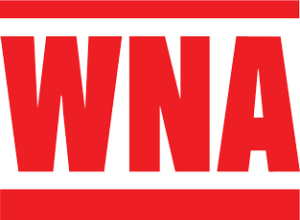Weekly Fiscal Facts are provided to Wisconsin Newspaper Association members by the Wisconsin Policy Forum, the state’s leading resource for nonpartisan state and local government research and civic education. The Wisconsin Policy Forum logo can be downloaded here.
- Download this column as a Word document
- See other WNA Member Content offerings
In a gradual but far-reaching shift, the state government in recent years has accounted for a much larger share of public spending in Wisconsin than a quarter-century ago, increasing from 38.7% in 1993 to 47.6% in 2017, according to U.S. Census Bureau data. As a result, the balance of spending in Wisconsin is nearly evenly split between local government services (such as K-12 schools, police and fire, and local roads) and state services (such as health care for low-income residents, prisons, state highways, and the University of Wisconsin System).
Higher state spending in areas like health care for low-income residents and slower growth in local government and school district revenues helped even the allocations. For example, sharply increased state spending on public welfare programs such as Medicaid and Temporary Assistance for Needy Families, increased from 30.9% of direct general expenditures to 41% between 1997 and 2017.
Meanwhile, the share of state spending on payments to other governments dropped from 38.4% of all state spending to 26.6% between 1997 and 2017. Constrained by a decreasing portion of state aid and limits on property tax increases, local governments have increased their spending slightly above the rate of inflation, but at less than half the rate at which state spending increased.
While this data predates the coronavirus pandemic, the trend will likely continue given the increased need for welfare spending to counter high unemployment during the outbreak. Without additional federal aid, state leaders will likely have to consider spending cuts that may extend to aid to schools and local governments.
These decisions could have profound effects on state and local taxes and their shares of spending. The Great Recession, for example, caused state individual income and sales tax collections to decrease from 2008 to 2010 by 11% and 8%, respectively. Meanwhile, local property taxes, core revenues which are typically more stable during a recession, actually increased by more than $1 billion. These trends should be considered by policymakers as they contemplate COVID-19 responses and the next state budget.
This information is provided to Wisconsin Newspaper Association members as a service of the Wisconsin Policy Forum, the state’s leading resource for nonpartisan state and local government research and civic education. Learn more at wispolicyforum.org.



